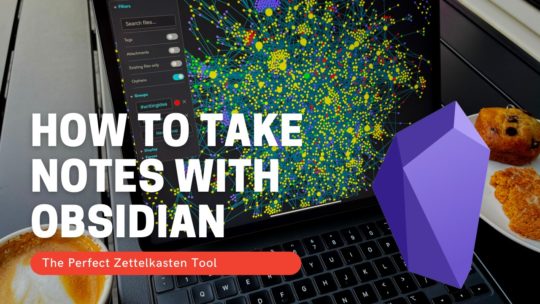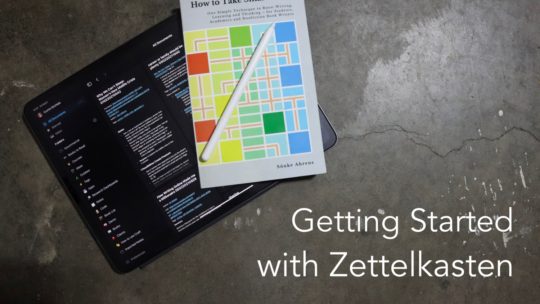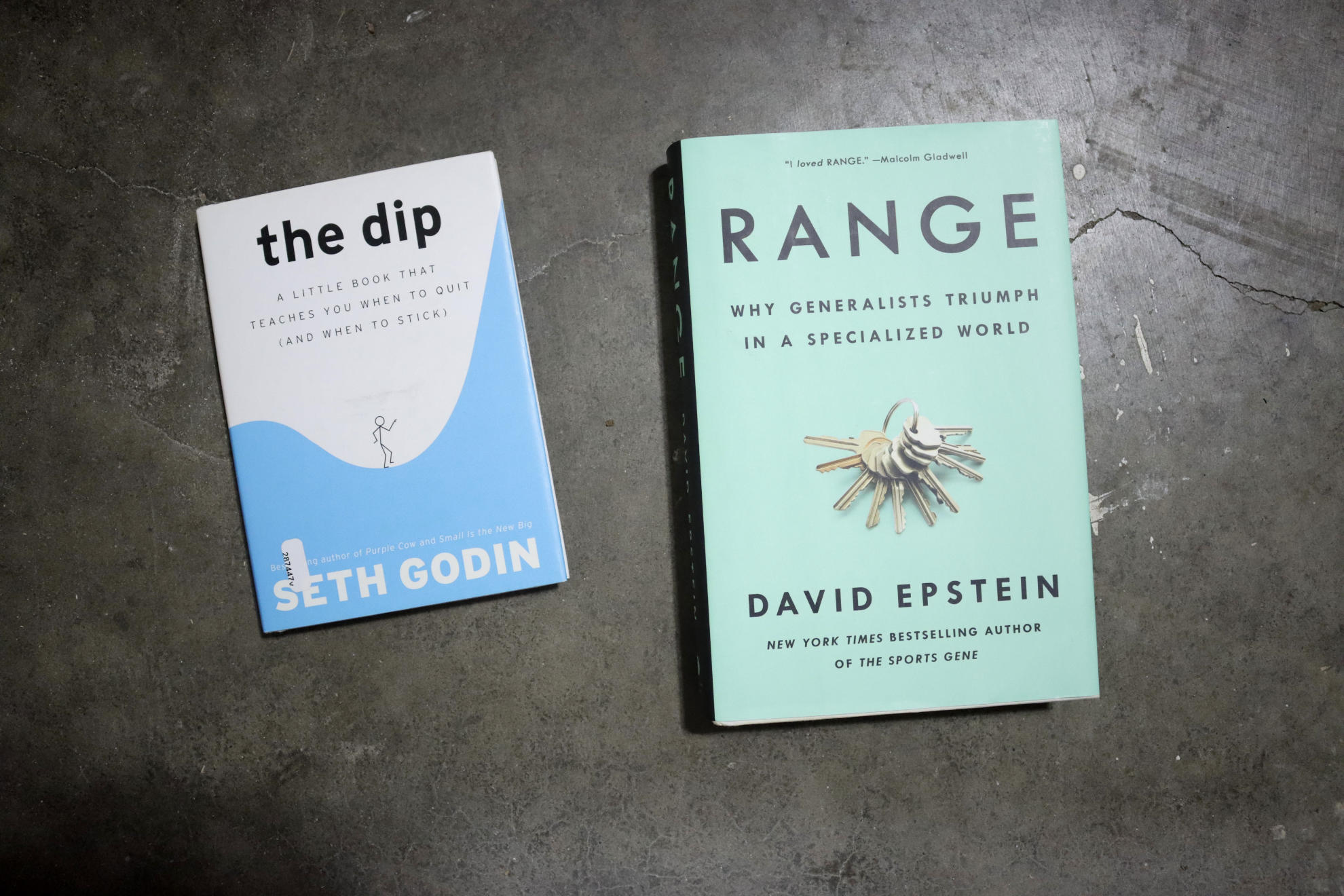This is my second look at The Dip by Seth Godin. Since my initial read in 2017 I’ve come back to his 3 questions you should be asking yourself before you quit something.
First, ask yourself if you are panicking. Are you facing some bad deal or terrible client that makes you want to quit but ultimately is a blip in your life?
Second, who are you trying to influence? Are you targeting the right market? Are you getting the right reach in your market? It’s likely that most of the market you’re trying to target doesn’t even know you exist.
Third, what sort of measurable progress are you making? Are you seeing a few more customers each day.
If you are seeing blip, or can change to reach a wider market, or are seeing regular progress then stick with it.
Despite coming back to this I see some conflicting advice in Godin’s book upon second reading.
The Lie of Diversification
Godin speaks against aiming for diversification while you’re in the dip1. He also says that any customer is trying to find out if you are the best choice for them2 and that we don’t hire the most “well-rounded” person but the best in a field[^Page 14].
As I filter this content through my reading of Range I can’t help but call into question Godin’s advice of not diversifying and sticking with specialization.
According to David Epstein, there are two types of learning environments. First is a “kind” learning environment[^Range page 21], where all the rules are defined and outcomes are predictable. Second is a “wicked” learning environment, where feedback comes far after your actions if it comes at all. Where outcomes can’t be predicted and the rules change daily or changed based on who is trying to apply them.
Chess is a good kind environment. The moves are known and the outcomes can be predicted. You can look at a bad move and see the effect it has on the outcome of your game.
Being an author, YouTube person, blogger, or parent…all wicked environments. You can put in lots of effort and follow models that worked for other people only to find that it won’t work for you and you wasted your time.
Godin doesn’t make an effective distinction between these two types of learning environments. One could certainly assume that he’s talking about wicked environments because he normally talks to creatives, but his advice feels like it sits more in line with what Epstein shows works well for kind environments.
We may be able to bring this ideas together by assuming that Godin is talking about all those “early” things that culminate in Epstein’s idea of a decent life/career. Epstein himself quit science stuff, sports writing and a myriad of other things but all his varied experience set him up perfectly for writing The Sports Gene. He had the science and sports background to write something where most others would have no idea how to combine the two disparate fields.
If we bring these two ideas together, then we’d have Godin saying quit all your early stuff as you explore, but then stick with the final thing that all your experience has been building up to. In theory we could use his 3 questions to decide when it’s time to quit those early things. This would put Epstein and Godin on very similar footing.
I’m reading Little Bets currently and it’s also in the same vein as the ideas I’m talking about today.
Two Choices in The Dip
Another great highlight on my second reading of The Dip was that you have 2 choices when you realize you’re in a dip. You can either quit right away or stick through it so that you come out the other side as the best3. If you decide to stick, then stick because going further down this hard road means you’ve wasted so much more time.
I think of this with a friend that after having children found a career she loved. It lights her up in a way I haven’t seen her light up in a decade. But there are some problems with where she currently is. She’s stuck it out for a year already, and the people that create a problem will be moving on in the next year or two because once their kids are older they have no reason to be involved anymore.
Since she’s stuck it out this long, it’s better to keep going. If we looked at Godin’s three questions then she’s even seeing measurable progress with the kids she works with regularly. Most of the other parents are awesome and continue to see the stupidity of the 2 parents that are creating trouble.
She didn’t decide to quit early, so stick it out.
Should You Read The Dip by Seth Godin?
While I enjoyed The Dip on my second reading, Godin has a very distinctive writing style that I can see many people not enjoying. Some of the “chapters” are half a page and this is a small book. Many of the ideas can feel like they’re just tossed to the wind for readers to do what they want with. While there is a coherent whole to the book, it still feels scattered.
If you’re looking for some advice on when to quit and when to stick, The Dip is a short read that can provide some advice.
Purchase The Dip by Seth Godin: Independent Bookstore | Amazon

Getting Started with Obsidian
If you want to learn your way around Obsidian so that you can build a great note system then this course is for you. I’ll cover basic folder structure when to use tags or links, and the plugins I think everyone needs to make their Obsidian experience excellent. Plus much more. If you want all my courses, become a member.
$99 USD (30-day guarantee)

Getting Started with Zettelkasten
If you’ve been wondering about what Zettelkasten is and how to start organizing your notes with this excellent system then this course is for you. I’ll cover the basics of choosing which tool to use, how to take notes, how to deal with linking your notes, and much more. You can also become a member to get all my courses.
$99 USD (30-day guarantee)
